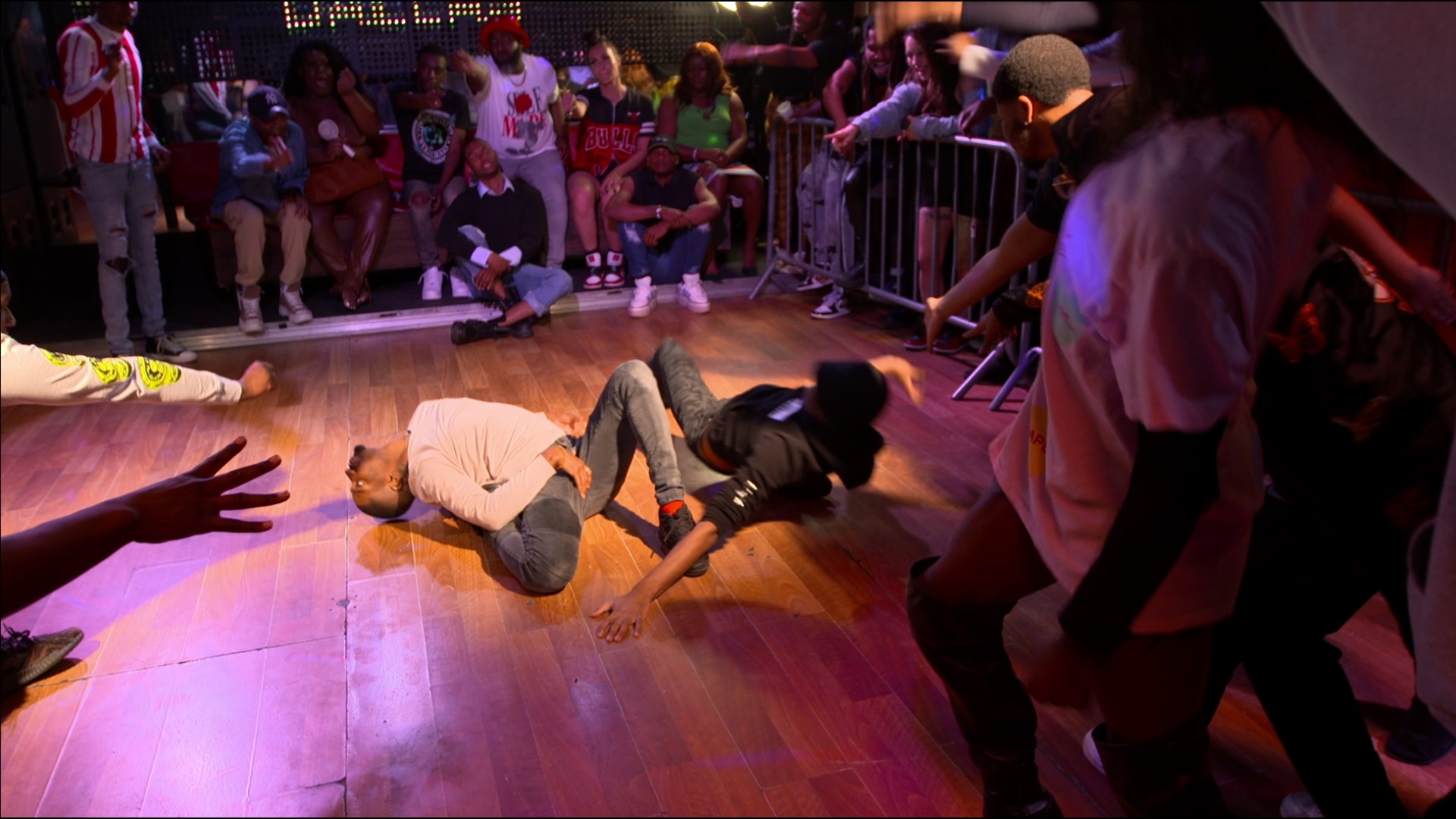DALLAS — Have you heard of Ballroom Culture?
You might be thinking about big, puffy gowns and suits, classical music and waltzing, then you've got a whole other kind of culture to learn about.
You could still have a ball at this ballroom scene, and you may or may not see a gown, depending on the category.
This ballroom centers improv dance called "voguing."
Marty's Night Club – on the outskirts of Dallas’ Oak Lawn – houses more than you know. This bar transforms every Wednesday night from a club to a community.
"You'll be surprised who you see out on a ballroom scene. Like, we have people that's getting their doctorate degrees, people that have master's degrees," said Cedrick Johnson. "Me myself, 21 years in the United States Navy. Chief. I just retired Oct. 31."
The ballroom culture started as an underground sub-culture of drag races, but became popular in 1980s Harlem, New York, by Black and Latinx LGBTQ+ communities.
"I think the origin of ballroom was really to create a space for people of color," said Shemar Garcon. "At that particular time, you had two things going on. They were a part of the LGBTQ community, but they also were people of color and were not afforded the opportunities."
Garcon also emphasized that the credit for ballroom truly belongs to transgender women of color.
"The reality is in why we celebrate in our community trans women is because they were truly the pioneers of why we have ballroom today," he said. "You had Crystal LaBeija who took a stand and she walked off the stage during a pageant because she felt like it wasn't fair and they were looking over trans women of color. She wanted to create this culture where everybody could be included but also have that same respect."
In ballroom culture, participants belong to a "house" with a mother and/or father who are more experienced in the scene.
The houses participate in a variety of categories. That could include voguing, but there are plenty others for everyone to get involved in. Garcon told WFAA that the categories can include include fashion, runway, face, "realness" and performance.
"Most of the time, in our community, we do have people that want to just feel included," he said. "You can find something for them and then, you pull them in."
At Marty's in Dallas, people come every week to compete for trophies, cash and bragging rights.
But ballroom culture isn't just about the prizes and the action. Queer youth of color are often ostracized, so they also turn to ballroom for a chosen family.
"You will never know that they spent the last $10 on an outfit just to get here. And when they leave here, they're going to go sleep on a park bench. But they came here to get that $3 trophy that they're going to win, because that made them feel very important at that moment," Gia Reyes said.
"It's like we're a family," said Garcon. "A close-knit family."

